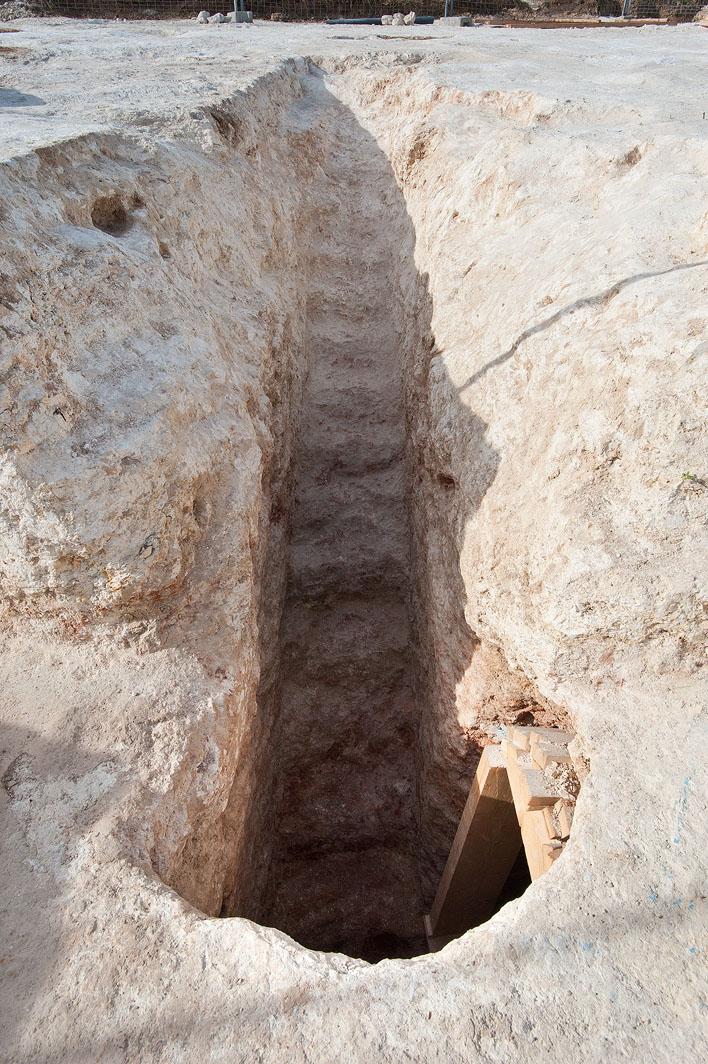You are here
An underground refuge attesting to the Middle Ages in Tourrain ?
In advance of the creation of an artisan center in the federated districts of Bléré-Val-de-Cher, the archaeologists are excavating Neolithic, Antique and Medieval remains. Among the Medieval remains, a well preserved underground refuge chamber was recently discovered. This find is rare in the context of preventive archaeological excavations.
The refuge of a local elite?

The discovery of a ceramic cooking pot in the infill of the underground chamber allows it to be dated to the end of the 11th century. At this time, the Counts of Anjou and Blois were quarrelling over the possession of the Touraine region, where there was a large network of military installations.
We enter the Sublaines refuge by a staircase dug into the ground. The refuge composed of a network of several hallways and rooms extending along more than fifteen linear meters. It is narrow and low (0.50 m wide on average, and 1.15 to 1.55 m high) and appears to have served as a refuge based on several elements, such as right-angled "elbows” that would have hidden the occupants and slowed down the assailant. The entrance was closed off by a door at the bottom of the staircase, and another protected the access to the three hallways.
The chamber could also have been used to store and protect food from looters.
Inside the refuge there are rather elaborate modifications including twenty niches to hold old lamps, benches carved into the limestone, a small well fed by the groundwater table, boards to level the ground surface. All of these elements suggest that this refuge could accommodate five or six persons for a prolonged period. A small family unit – probably belonging to the local elite – could thus take refuge there.
The entrance to the underground refuge was hidden under the floor of a small building on stilts.
Laboratory analyses
Mahaut Tyrrell
Media communication
Inrap, media relations and partnerships
01 40 08 80 24
mahaut.tyrrell [at] inrap.fr
Inrap Centre Ile-de-France
solene.bonleu [at] inrap.fr ( )

